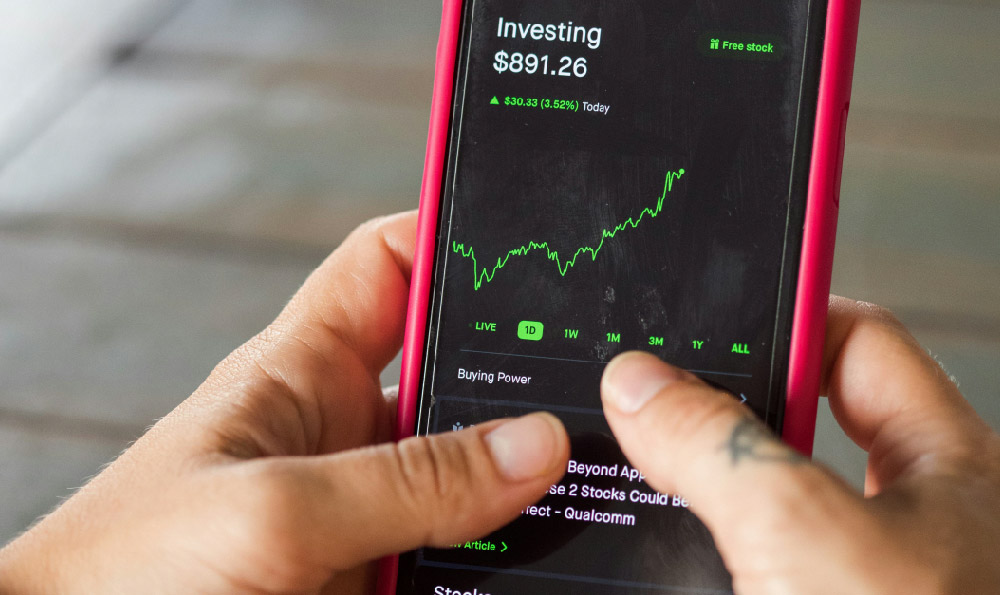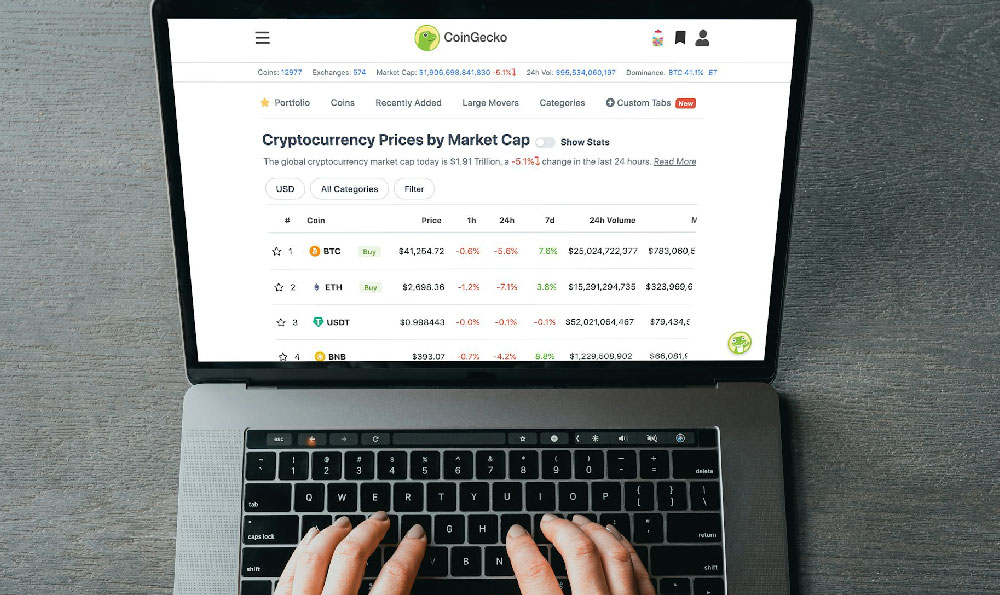Venmo, the ubiquitous peer-to-peer payment app, has become a cultural phenomenon, synonymous with splitting bills and sending quick payments. While users revel in its ease and social features, the question of its profitability lingers. Understanding how Venmo generates revenue and whether those revenue streams translate into actual profits requires a deep dive into its business model and the competitive landscape it operates within.
Venmo's primary revenue generation strategy revolves around transaction fees. While sending money via a linked bank account or debit card is generally free, Venmo charges a fee for instant transfers to bank accounts. This "instant transfer" feature caters to users who need immediate access to their funds, and the convenience comes at a price. The fee, typically around 1.75% of the transaction amount with a minimum fee of $0.25, represents a consistent stream of income for Venmo. This fee structure targets users who value speed and immediate access over the free, albeit slower, standard transfer option that takes 1-3 business days.
Beyond instant transfers, Venmo also profits from transaction fees associated with credit card payments. When users send money using a credit card, Venmo charges the sender a 3% fee. This fee compensates for the interchange fees that Venmo incurs when processing credit card transactions. While this might deter some users from using credit cards, the convenience and potential rewards offered by credit cards often outweigh the fee for many, contributing to Venmo's revenue.

Another significant revenue stream for Venmo stems from its business partnerships and integration with retailers. Venmo offers businesses the option to accept payments through its platform. This integration allows businesses to tap into Venmo's vast user base and offer a seamless payment experience. Businesses pay a fee, typically 1.9% plus $0.10 per transaction, for accepting Venmo payments. This "Business Profiles" feature has become increasingly popular, particularly with small businesses and freelancers, expanding Venmo's revenue beyond peer-to-peer transactions. Venmo's parent company, PayPal, also benefits from these integrations as it can leverage its existing infrastructure and security protocols to support Venmo's business functionalities.
Furthermore, Venmo generates revenue through its Venmo Debit Card and Venmo Credit Card. The Venmo Debit Card, issued by Mastercard, allows users to spend their Venmo balance anywhere Mastercard is accepted. While Venmo doesn't directly charge transaction fees for purchases made with the debit card, it earns interchange fees from merchants each time the card is used. These interchange fees, a small percentage of each transaction, accumulate over time and contribute significantly to Venmo's overall revenue. Similarly, the Venmo Credit Card, also issued by Visa, generates revenue through interchange fees on purchases, as well as potential interest charges on outstanding balances. The credit card also offers cashback rewards, encouraging usage and further driving transaction volume.
The introduction of cryptocurrency features on Venmo offers another potential avenue for revenue generation. While users can currently buy, sell, and hold cryptocurrencies like Bitcoin, Ethereum, Litecoin, and Bitcoin Cash on the platform, Venmo charges a transaction fee for these activities. This fee varies depending on the transaction size, but it provides a source of income from the growing interest in digital assets. Moreover, the cryptocurrency offering enhances Venmo's appeal to a wider audience, potentially attracting new users and increasing engagement on the platform.
Despite these diverse revenue streams, the question of Venmo's profitability remains complex. While Venmo generates substantial revenue, it also incurs significant costs. These costs include transaction processing fees, customer service expenses, marketing and advertising costs, and infrastructure maintenance. The competitive landscape of the peer-to-peer payment industry also puts pressure on Venmo's profitability. Companies like Zelle, Cash App, and Google Pay offer similar services, often with lower or no fees, forcing Venmo to constantly innovate and maintain its competitive edge.
Zelle, in particular, poses a significant challenge as it is directly integrated into many banks' mobile apps, offering a seamless and often free payment option for users with bank accounts at participating institutions. This integration bypasses the need for a separate app like Venmo, appealing to users who prioritize convenience and cost savings. Cash App, on the other hand, has gained popularity by offering additional features such as stock trading and Bitcoin purchases, attracting users seeking a broader range of financial services.
Furthermore, user behavior and demographics play a role in Venmo's profitability. Venmo is particularly popular among younger demographics who may have lower average transaction amounts compared to older users. This means that Venmo needs a higher volume of transactions to generate the same amount of revenue. Additionally, Venmo's social features, while contributing to its popularity, can also lead to increased transaction disputes and customer service inquiries, adding to operational costs.
Therefore, while Venmo generates considerable revenue through various channels, achieving consistent profitability requires careful management of costs, strategic pricing, and ongoing innovation to maintain its competitive advantage in a crowded market. While Venmo's parent company, PayPal, doesn't always disclose specific profit figures for Venmo, industry analysts often estimate that while revenue is strong, the profit margins remain relatively thin due to the highly competitive nature of the P2P payment market and the high costs associated with acquiring and retaining users. To improve profitability, Venmo will likely need to continue expanding its services, attracting higher-value users, and optimizing its operational efficiency. The key to Venmo's long-term financial success lies in its ability to evolve beyond a simple peer-to-peer payment app and become a more comprehensive financial platform that offers a wide range of services to its users.











